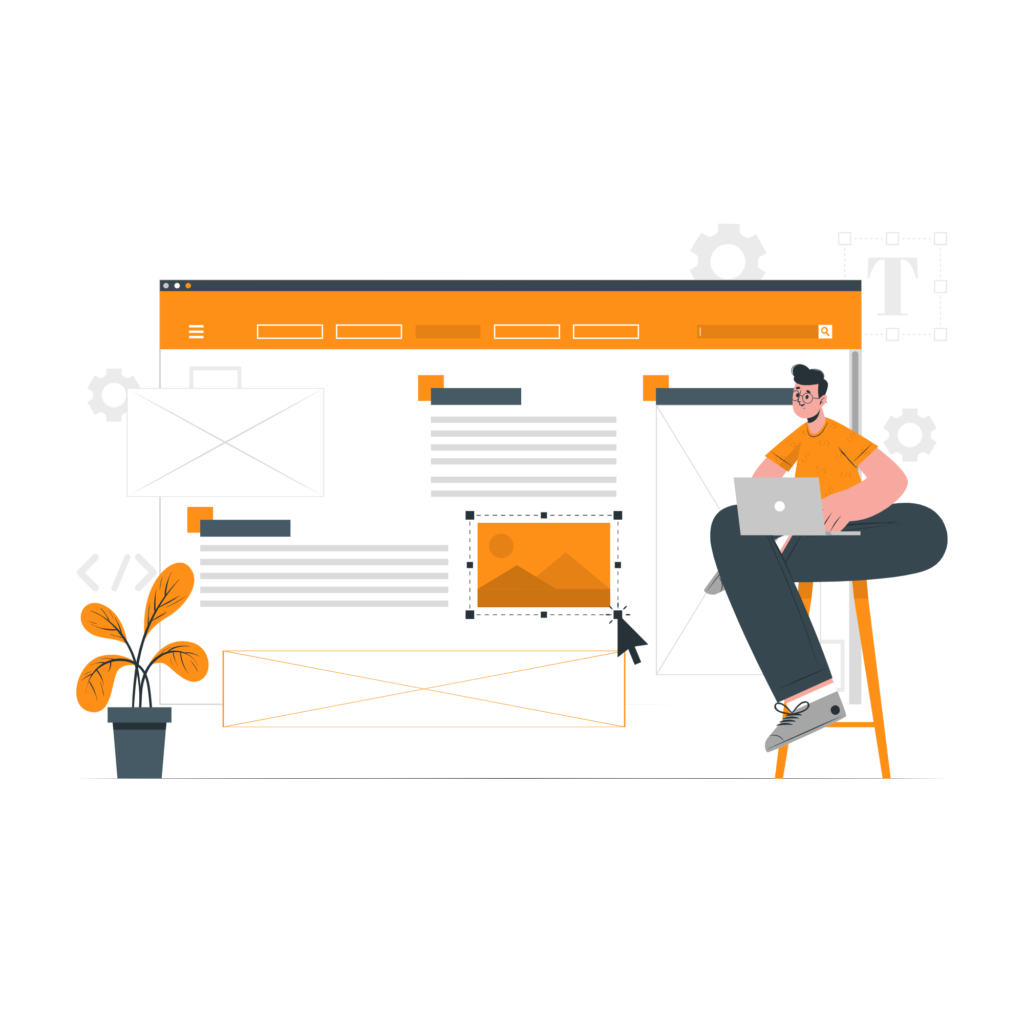
In today’s digital landscape, the demand for websites that seamlessly adapt to various devices is ubiquitous. Clients expect their websites to be accessible and visually appealing whether accessed from a computer, smartphone, tablet, or any other device. Designing separate layouts for each device to ensure compatibility with different screen resolutions is no longer practical. Instead, Responsive Web Design (RWD) offers a solution by creating a single website that caters to all devices.
Responsive web design involves designing and developing websites in a way that they automatically adjust their layout, content, and functionality based on the device’s screen size and orientation. This approach eliminates the need for separate websites for different devices, streamlining development efforts and ensuring a consistent user experience across all platforms.
In essence, responsive web design ensures that websites display flawlessly regardless of the device accessing them, whether it’s a small smartphone screen or a large desktop monitor. This adaptability not only improves user satisfaction but also enhances a website’s accessibility, search engine rankings, and overall performance in today’s multi-device world.

